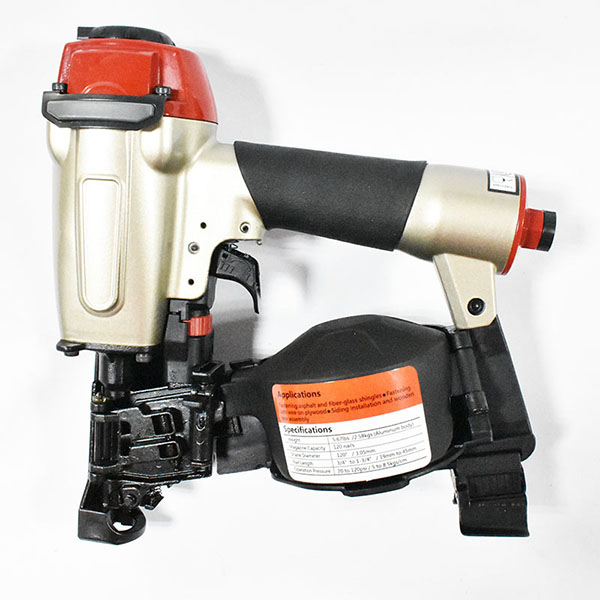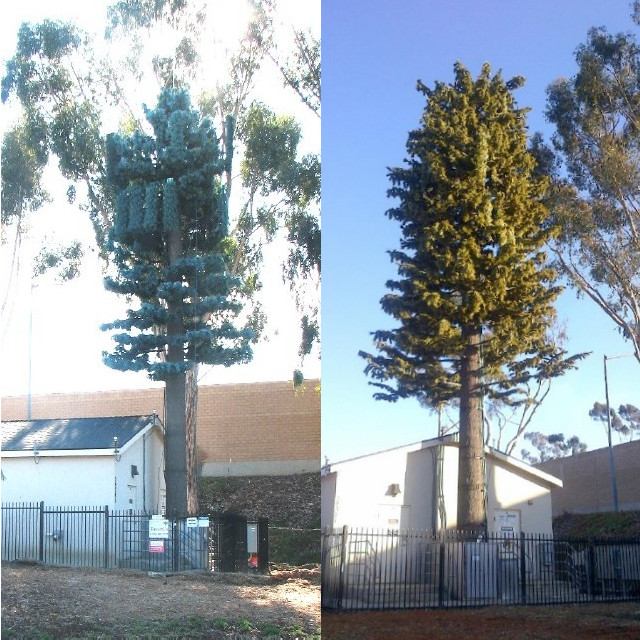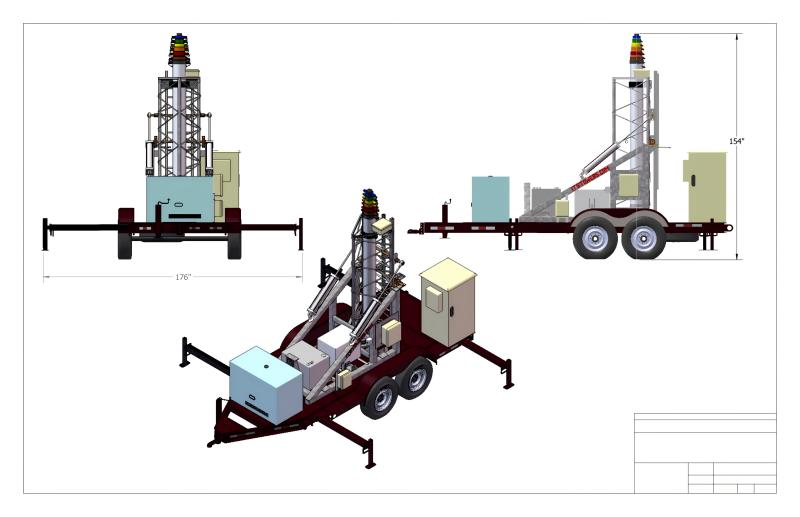What should be noted When Using pcb terminal block

When using PCB terminal block, the following points should be noted:
1.Electrical connection: Ensure correct connection of the circuit. Insert the wire into the corresponding slot of the 3 pin pluggable terminal block, tighten the pin nut or press the spring to clamp the wire, ensuring reliable electrical connection. Check if the connection is secure to avoid poor contact or looseness.
2.Environmental adaptability: Select appropriate PCB wiring terminals according to the application environment. Some applications may require special waterproof, dustproof, or high-temperature resistance performance. Ensure that the selected PCB 3 pin screw terminal connector can meet the requirements of the working environment and provide reliable connections.
3.Installation position: Install the pcb terminal block 3 pincorrectly onto the PCB board, ensuring good contact between the pins and the PCB, and avoiding contact or short circuit between the pins and surrounding components.

4.Wire selection: Choose the appropriate wire specifications based on design requirements and current load. Inappropriate wire specifications may result in unreliable electrical connections, overheating, or other issues. Ensure pluggable terminal block 3 pin selected wires can withstand the required current and voltage, avoiding overloading and safety risks.
5.Maintenance and inspection: Regularly check pcb terminal block 3 pin connection status of PCB wiring terminals to ensure that there is no looseness or corrosion. If any problems or abnormalities are found, take timely measures to repair or replace them.
Please note that the above guidance only covers the general usage points. In practical applications, it is necessary to operate and pay attention 4 pin block connector to specific situations and requirements. Suggest referring to the installation and usage instructions provided by the manufacturer based on specific product specifications and usage requirements







